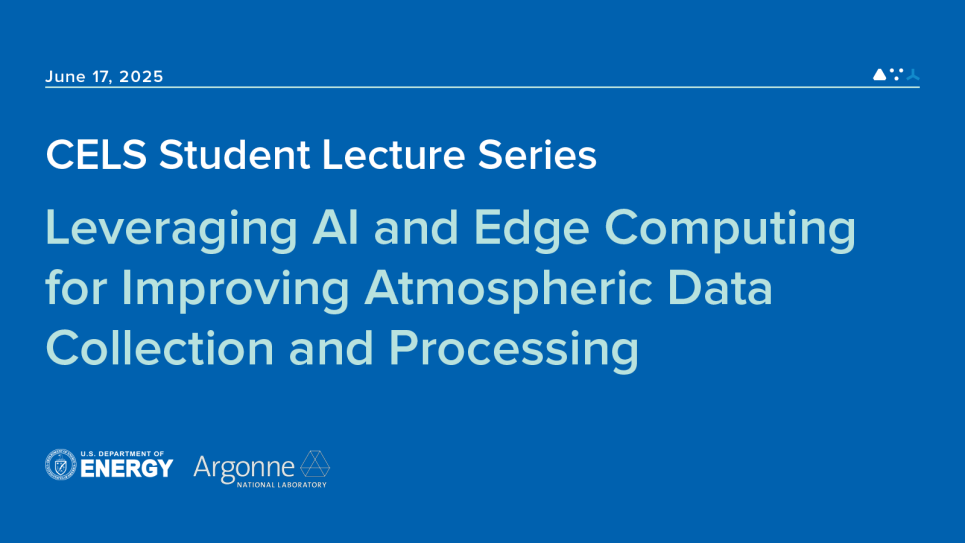
Leveraging AI and Edge Computing for Improving Atmospheric Data Collection and Processing
Coordinating scan strategies for Doppler radars and lidars involves labor intensive daily forecasting efforts to determine scan strategies for the given day. In addition, atmospheric data processing often involves computational and human effort post-data collection. Edge computing, or lightweight computing at the point of the instrument, provides the potential to streamline atmospheric data processing, collection, and adaptive scanning pipelines. In this talk, we demonstrate how a software-defined sensor developed by Argonne National Laboratory and Northwestern University, the Waggle node, is enabling improvements in many atmospheric data collection and processing applications. First, we show how AI-enabled algorithms developed for the Waggle node provide 5-minute cloud cover statistics and processed Doppler lidar spectra from Halo Photonics lidars. We then demonstrate how the Waggle node is enabling adaptive scanning to target nocturnal low-level jets for Halo Photonics Doppler lidars during the 3rd Wind Forecast Improvement Project. Finally, we show how Waggle and AI have enabled real time detection and adaptive scanning of lake breeze fronts over Chicago from the NOAA NEXt generation RADar. These applications show promise in automating data processing and scan strategies so that scientists can focus on answering the important questions about atmospheric processes.